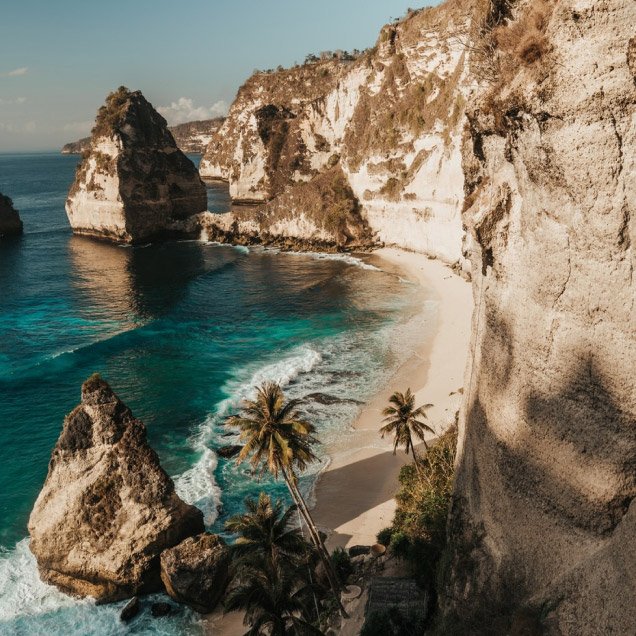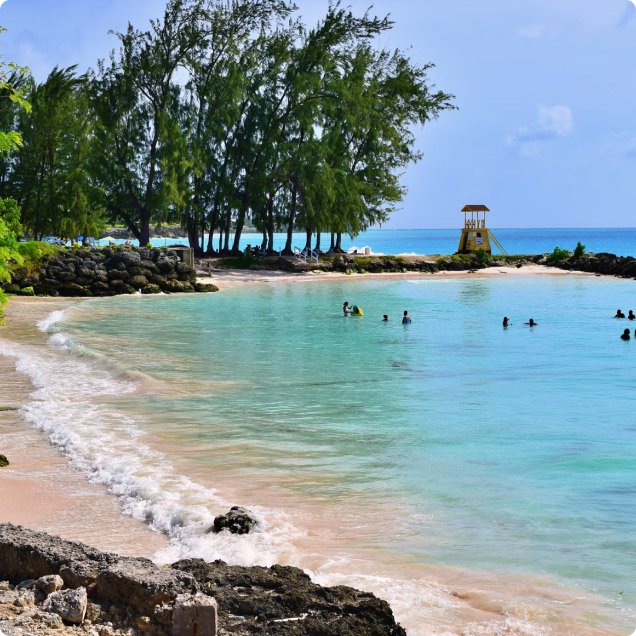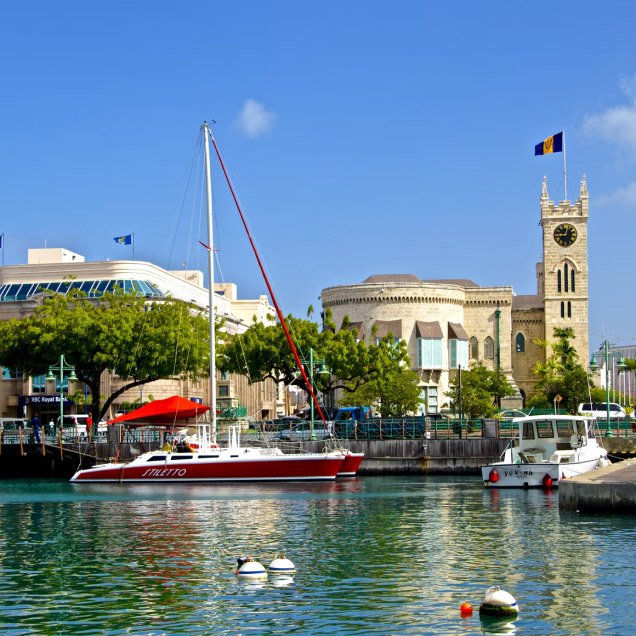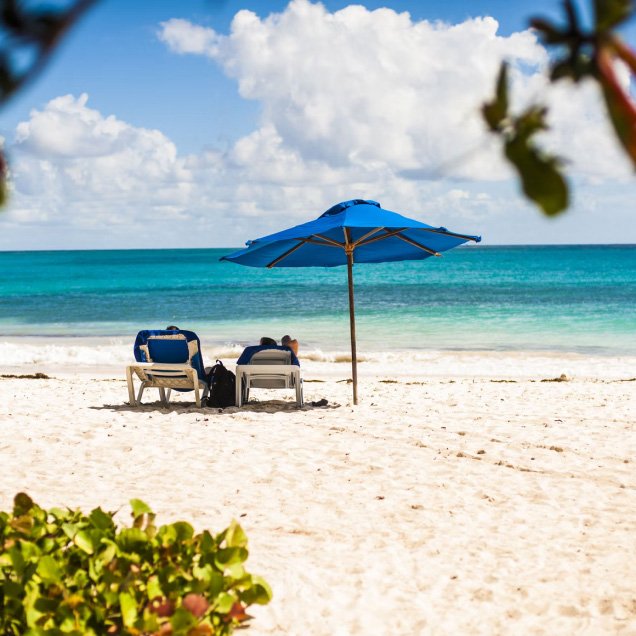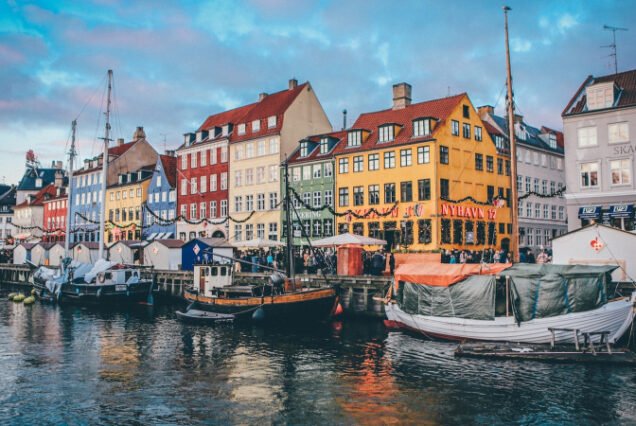

Overview
The secret journey of Tonkin is designed for travelers who want to touch, taste and feel the souls of Northern Vietnam through their unique highlights and experiences. More than simple whirlwind tours, the secret journey of Tonkin of Tonkin marry iconic destinations and must-see spots with the hidden corners and below-the-skin experiences to discover some of the famous and unique places around the Halong region.
Sights
Map
Info
Sed aliquam nunc eget velit imperdiet, in rutrum mauris malesuada. Quisque ullamcorper vulputate nisi, et fringilla ante convallis quis. Nullam vel tellus non elit suscipit volutpat. Integer id felis et nibh rutrum dignissim ut non risus. In tincidunt urna quis sem luctus, sed accumsan magna pellentesque. Donec et iaculis tellus. Vestibulum ut iaculis justo, auctor sodales lectus. Donec et tellus tempus, dignissim maurornare, consequat lacus. Integer dui neque, scelerisque nec sollicitudin sit amet, sodales a erat. Duis vitae condimentum ligula. Integer eu mi nisl. Donec massa dui, commodo id arcu quis, venenatis scelerisque velit.


